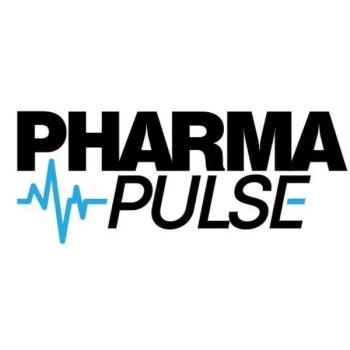
HDA’s 2019 Factbook is out; US distributor sales reached $493 billion in 2018
Higher inventory turns, lower inventories—but lower profit margins, too
The Healthcare Distribution Alliance’s annual Factbook is a compilation of industry statistics and survey data, based on its membership of full-line distributors who only deal directly with manufacturers. The overall picture is one of higher volumes being moved through the wholesale channel and faster inventory turnovers, yet profitability (gross margin, weighted) declined from 2.4% in 2017 to 2.3% in 2018.
Modern pharmaceutical distribution centers are vast warehouses with thousands of products and more automation every year. The Factbook records a decline in the average number of stockkeeping units (SKUs) in 2018, from 51,341 to 47,289 in 2017; much of the decline was in non-Rx products (which constitute more than half of wholesalers’ inventory). Inventory turns went from 5.7 to 6.3, while days-in-inventory dropped to 27 (from 28.1 in 2017)--the lowest level in at least 20 years, notes HDA.
DSCSA compliance
With deadlines falling recently for the US Drug Supply Chain Security Act (DSCSA), the Factbook devotes at least 10 tables to aspects of DSCSA compliance, which centers on collecting and managing serial numbers of incoming and outgoing product. The picture here is somewhat muddled (and some of these data are updated elsewhere by industry surveys performed during 2019, as opposed to the 2018 data in the Factbook). The Factbook notes that 99.3% of incoming product is now serialized at the item level (which is actually a legal obligation of manufacturers); and 100% of these barcodes are scanned at the saleable-unit (item) level.
However, other data indicate that much of the scanning is being performed only on a pilot scale (occurring at 80% of those surveyed); and a third of those not doing this now plan to start scanning in the coming year. The survey also shows that only 37.2% of incoming product is encoded with 2D barcodes (there is not yet a legal requirement for how barcoding is to be performed, but the industry is moving toward GS1-compliant 2D barcodes for item level). Also, while 60% of those surveyed are using EPCIS (the GS1 standard for data exchange) as of 2018; the remainder plan to convert to this in the next 12 months. One third of those using EPCIS are on EPCIS 1.0; the remainder are on the latest (1.2) version.
The Factbook records a jump in product returns to wholesalers, from $15 million per “employee associated with the returns process” in 2017 to $18.4 million in 2018 (but the Factbook also records a slight decline in average number of employees associated with this. Other, older HDA data point to around 60 million item returns annually for the industry as a whole, amounting to 2-3% of total sales). The survey also indicates that HDA members are able to return 95% of these products back into commercial distribution.
Returns processing is a tough nut for wholesalers to crack; DSCSA will require them to check the authenticity of returns prior to redistribution by a deadline that has been postponed to November 2020.
Cold chain
The Factbook records that 100% of those surveyed handle temperature-controlled products; yet the percentage of such products has declined from 4.5% of total SKUs to 4.1% in 2018. This is somewhat in contrast to the general trend in life sciences, with more biologic (and therefore, temperature-controlled) products entering every year. The HDA data might point to a growing trend of biopharma manufacturers using third-party logistics providers and distributing directly to clinics and pharmacies. The Factbook data also indicate that the percentage of shipments being monitored in transit has risen from 33.3% to 40% in 2018.
Additional data are offered on manufacturer product introductions; international pharma markets and more. The 90th Edition HDA Factbook: The Facts, Figures and Trends in Healthcare (2019–2020) is produced with support from gold sponsors Apotex Corp. and Real Value Rx dba Hospital Pharmaceutical Consulting; and bronze sponsors IQVIA, Pharmacy First and Teva Pharmaceuticals. The Factbook is free for download at
Newsletter
Stay ahead in the life sciences industry with Pharmaceutical Commerce, the latest news, trends, and strategies in drug distribution, commercialization, and market access.




